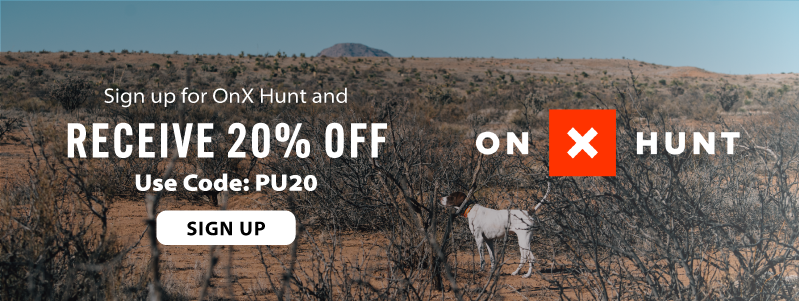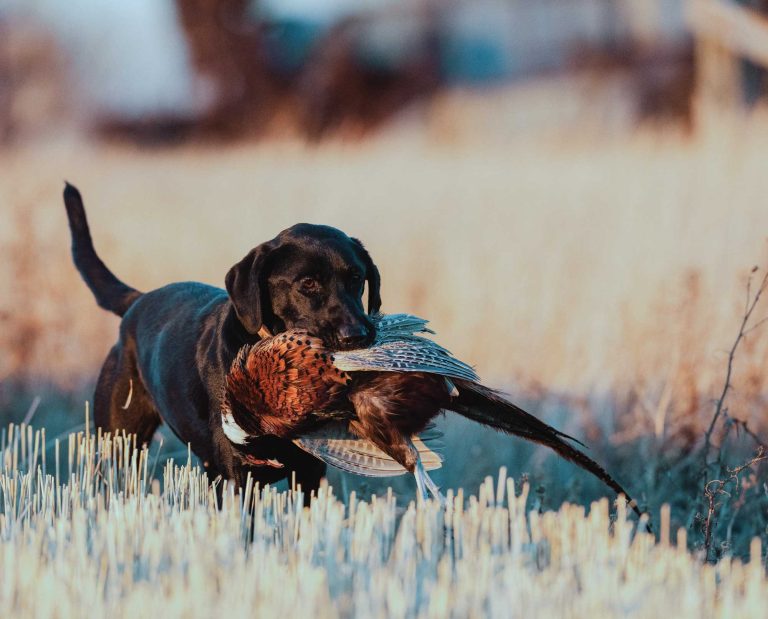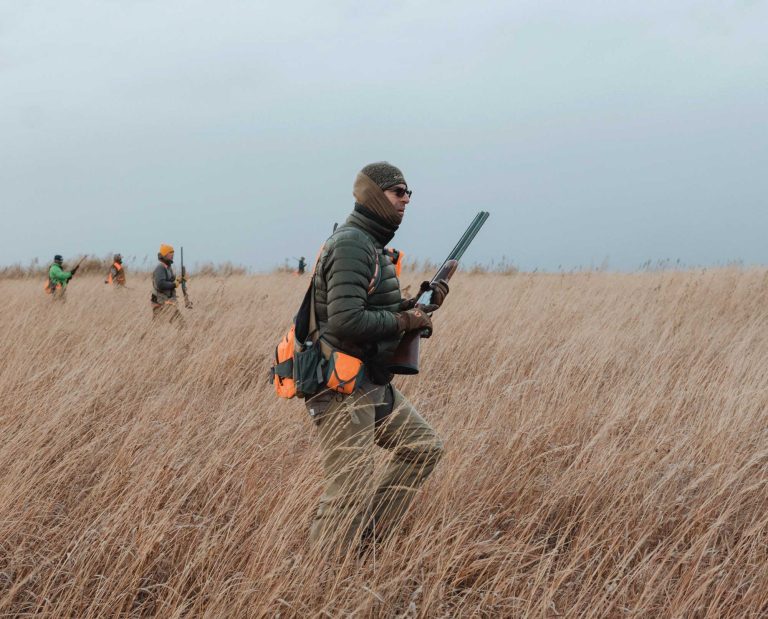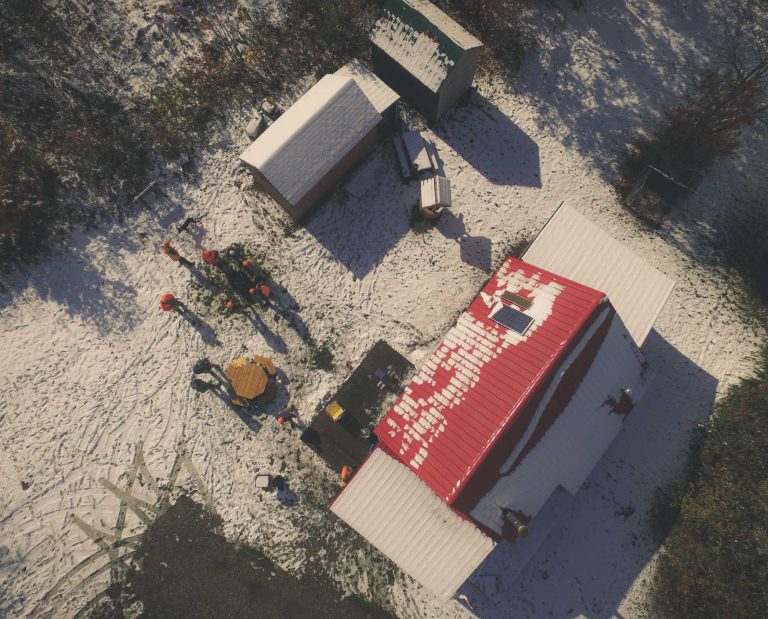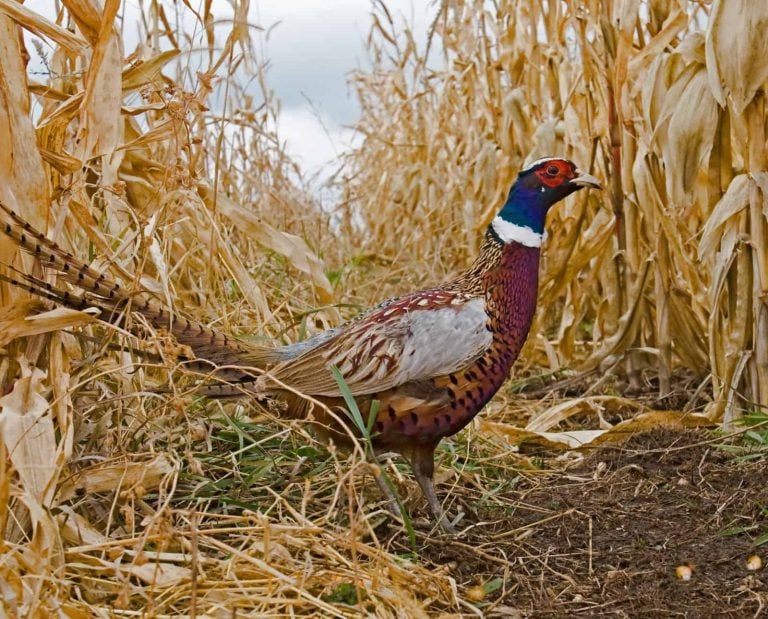Why I Stopped Shooting Lead at Doves
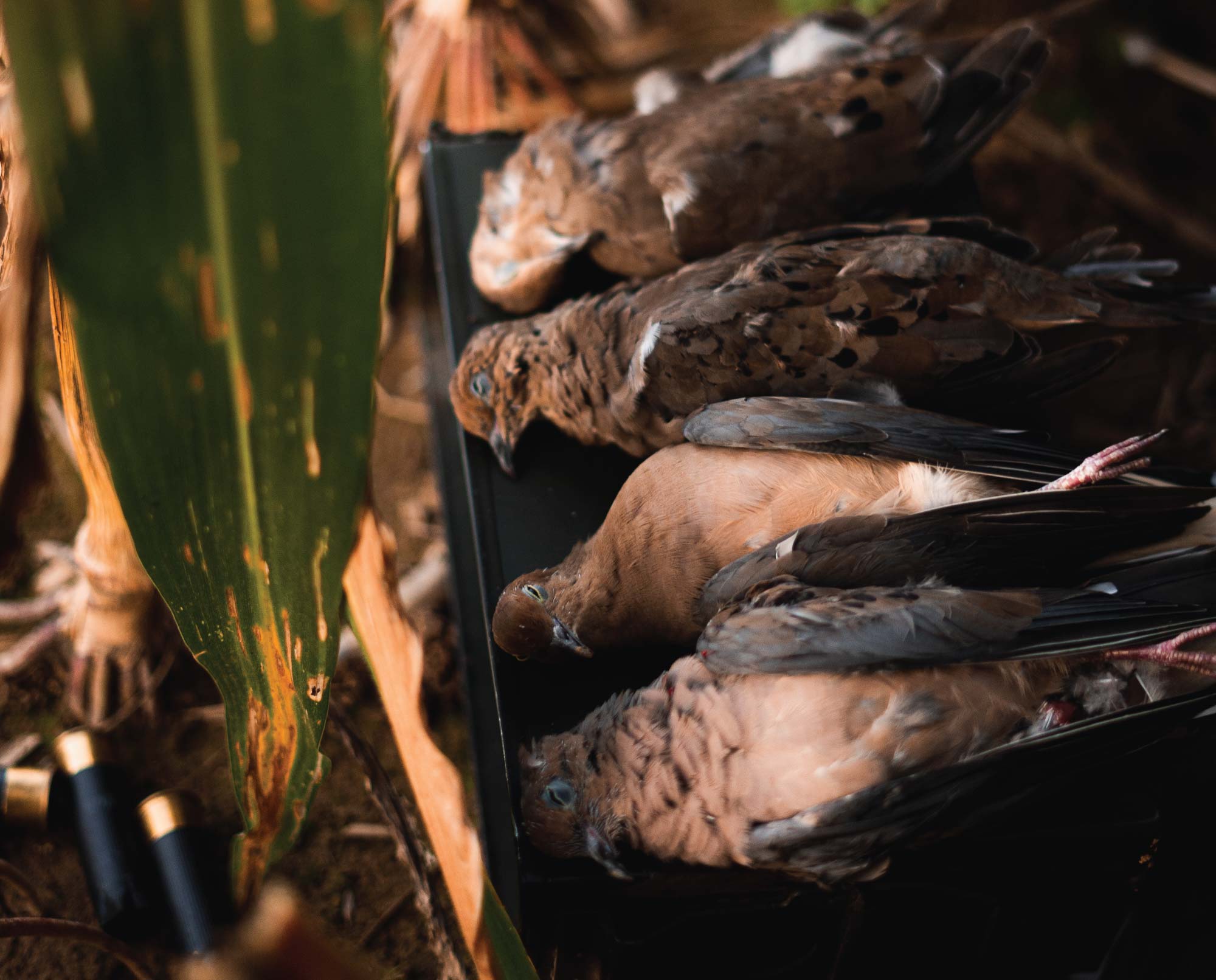
A thoughtful look at a hunter’s choice to stop hunting doves with lead shot
The first animal I successfully brought down was a dove. It was September in south Texas, and hot. The dove jumped up, wings whirring like they do, and I hit it on my first try. I was using lead shot, of course, and continued to do so for years after that. The boxes of lead shotgun shells I bought every late summer even had pictures of doves on them, and were called things like “dove loads.” I learned that the national average ratio for how many shells fired to doves shot was six or maybe seven to one. Either way, they’re hard to hit and, when the birds are really flying, you can burn through a box or three of shells with ease.
As a duck hunter, I was well apprised of the requirement to use non-toxic shells and abided by it religiously when hunting ducks and geese. I had heard the vague reasoning behind the implementation of these waterfowl rules, and the grumblings that accompanied having to abide by these standards. The spectrum of complaints ranged from general lamenting of the good ol’ days when a single shell of No. 6 lead would tumble multiple snow geese at 50 yards to the price of steel. The instigator of the misplaced laws was always lying squarely on the cultural boogeyman located to the west of lucid, reasonable Texas: California. And some condors or something like that.
My epiphany was during a lull in a dove hunt about five years ago when I started doing the math on the lead. It coincided with a time that my daughter, whom I should let be known is named Paloma, started eating doves. The equation in the field that day involved the sheer volume of lead being fired, and the revelation at home involved ingesting or chewing on single pellets. Lead, a poison, was being sprayed over active agricultural fields in shocking amounts, and I was proudly feeding tiny amounts of lead to my child.
The math was easy, as an average shot shell for dove is a nice, even ounce. I think it was actually the physical weight of my ever-lightening shell bag that got me thinking. While most dove hunts require firing much more than 16 shells, this was a good starting point for the equation, and I realized that ten hunters firing a mere 16 times each would dump 10 pounds of lead, albeit greatly spread out, over a field in an afternoon. Over a season, if hunted ten times, this number is one hundred pounds, or half a ton of lead over a decade. And this is with relatively light hunting.
The public dove fields in south Texas where hundreds of hunters would shoot daily — and assuredly more than 16 shells — could literally hold tons of lead within their topsoil. These same exact fields provide my restaurant, in the off seasons, with produce like artichokes and kale.
The following seasons I would quietly purchase a case of low-brass steel shells for dove and a case of steel waterfowl loads each August, quietly using them as my friends continued to use lead. I never proselytized the use of steel, but would explain my stance if questioned. Most, if not all, seemed genuinely bemused by my voluntary use of steel and then simultaneously admitted to never giving much thought to the matter. We shoot lead at doves because that’s what we’ve always done, case closed.
This season I branched out. I offered to “pick up steel” for friends, as I was at the store already, no problem. I made a social media post about it. I decided, based on the mostly positive reactions, to speak a little more loudly about it because people seemed generally open to the idea of it, once the subject was brought up.
Steel shot is many things.
Steel can be more expensive, but it’s not as expensive as the vast majority of people I spoke with thought it was. Accustomed to dealing with waterfowl loads, the assumption of most hunters was that it would be twice the price of lead. It is not. At my local big box outdoor store, steel shot is 50 cents to one dollar more per box of 25 shells. That’s as little as two to four cents per shell. It’s with great humor that I’ll entertain a hunter’s argument on this cost who has just spent hundreds to thousands of dollars on a property to hunt, the gas to get there and the unending amount of guns and gear needed to potentially blast a 5 ounce bird from the sky.
Steel is regarded as being more inefficient ballistically than lead. While this may very well be true, waterfowl loads have become increasingly deadly, and my personal experience with lighter dove loads has been overwhelmingly positive. I definitely wait for birds to be within reasonable range – both doves and ducks – before taking a shot, and don’t see this is as a negative at all. In an extremely rare show of good shooting on my part last season, I brought down 10 birds with 16 shots, with six of those birds being bigger pigeons, all with size 6 steel.
If it’s the efficiency of killing that lead offers, then allow me to reframe that argument: you want to kill more birds, ostensibly because you want to eat more birds. Killing game animals purely for fun is unethical, actually illegal according to most Waste of Game statutes and it is also terrific fodder for anti-hunters. Therefore, if killing and eating more doves with the improved help of lead shot is the goal, the very food quality of the dead birds is compromised by the lead pellets potentially lodged in the meat. If you just flat out do not think lead is harmful, prove it to me and go gargle some size 4s.
Steel is a rule in many places, like federal lands and certain states. And this enforcement, not surprisingly, is where almost all of the pushback has emerged. People, myself included, do not like to be told what to do, nor do we like to be wrong. Or preached to, and I sincerely apologize if this seems preachy. This is why I oppose regulation banning lead shot, and why I believe that we, as hunters, should ban ourselves from using lead shot.
Hunters’ efforts to be painted as conservationists can be completely countered by the fact that we willingly – even with a viable, readily available and fairly priced alternative – spray lead by the ton over the very landscape that we purport to love, and then knowingly feed lead-infused meat to our families while touting it as pure and organic.
Whether we continue to do this over cost, stubbornness or hatred of regulation, we are fighting a very disingenuous fight here. Perhaps this is all an overreaction, but the onus is really now on proving why we shouldn’t be shooting steel – or other non-toxic – loads at game birds. I have stopped shooting lead at doves and hope that you will, too. The more steel we buy, the more the shotshell manufacturers will improve the performance of the shells and the more the price will go down. We, as a group of conscientious outdoorspeople, do not need to be told what to do when we can simply do it ourselves.



